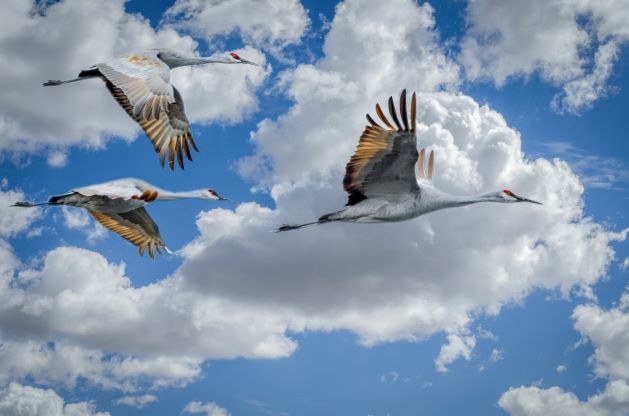How excessive lighting affects bird migration
Millions of animals perish every year because of the disorientation and collisions caused by too much artificial light. The availability of food is impacted by changes in temperature, humidity, and rainfall patterns brought on by climate change.





